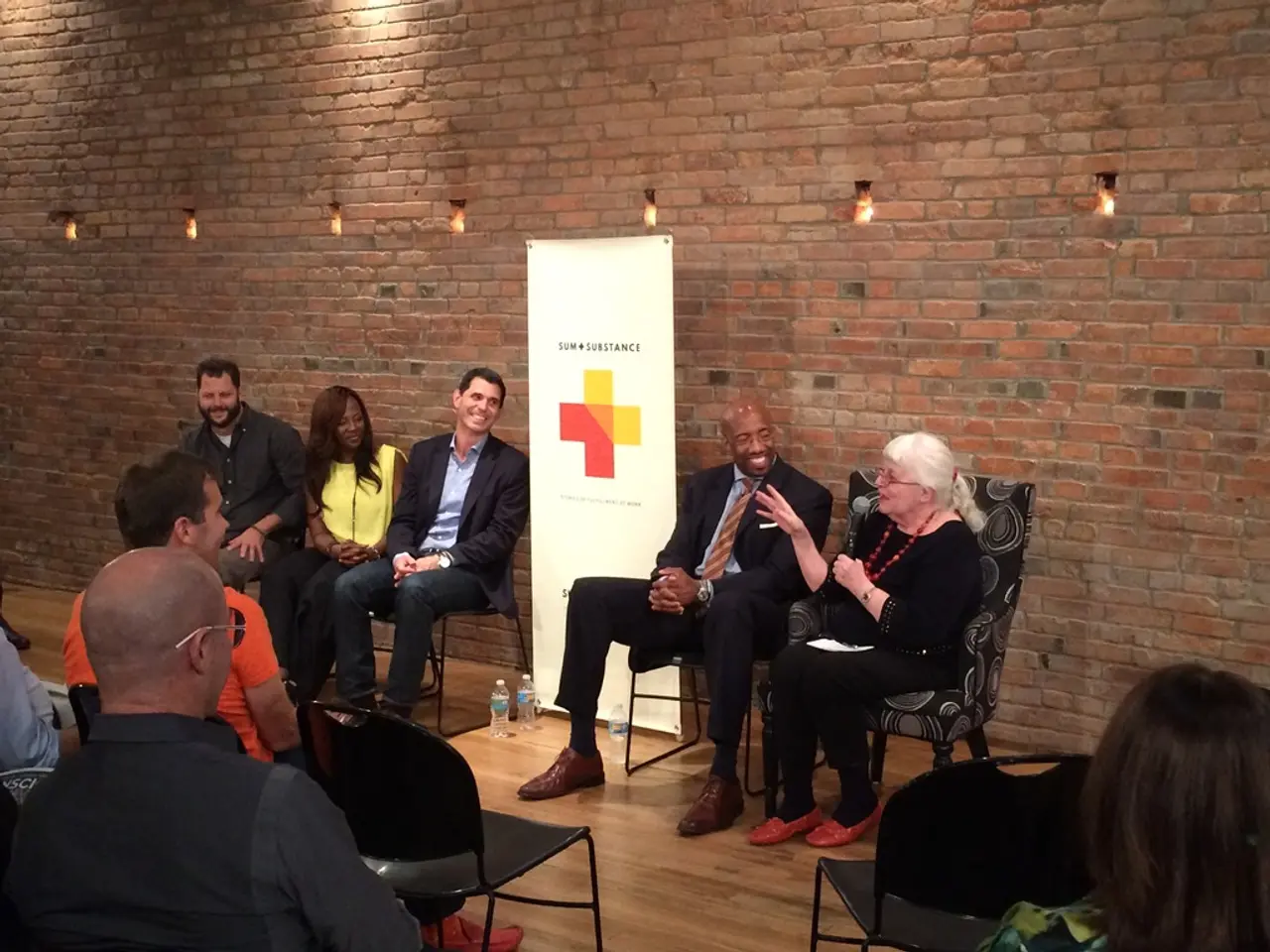Guide on Crafting a Playlist for Each Emotional State
In today's digital age, music streaming platforms have made it easier than ever to create playlists tailored to our emotions. By carefully selecting songs that resonate with different moods, we can enjoy a more personalized and engaging listening experience. Here's a step-by-step guide on how to create playlists for various emotions, from sadness to celebration.
Step 1: Identify the Emotion
The first step is to identify the emotion you want to influence. Whether it's hopefulness, calm, energetic, or any other feeling, knowing the target emotion will help you choose songs that evoke or support it.
Step 2: Select Songs That Evoke the Emotion
Once you've identified the emotion, choose songs that resonate with it. For a sad playlist, opt for songs with emotive melodies and heartfelt lyrics. For a celebration playlist, go for upbeat and lively tracks with infectious rhythms and joyful lyrics.
Step 3: Balance Energy and Relaxation
To create a well-rounded playlist, balance the playlist with a mix of energizing and soothing tracks. For example, hopeful playlists should include some fast-paced songs to lift spirits and slower tracks around 60 beats per minute to promote relaxation and reduce anxiety.
Step 4: Update the Playlist Regularly
As our emotional needs and preferences change, so should our playlists. Regularly updating the playlist ensures it remains relevant and reflects our current emotional state.
Step 5: Leverage Technology for Personalization
For added convenience, consider using mood-based music apps that can automatically tailor and refresh playlists to your emotional states. This can enhance your personalized listening experience.
The Science Behind Mood-Based Playlists
Music has a profound impact on our brains, particularly the limbic system, which is responsible for emotions, behavior, motivation, long-term memory, and olfaction. Listening to music triggers the release of dopamine, a neurotransmitter associated with pleasure, mood, and emotional regulation.
Upbeat, fast-tempo songs raise heart rate and endorphin production, improving energy and well-being, while slower music can promote calm and clarity. Therefore, thoughtful curation of playlists based on specific emotions can serve as a practical tool for mood regulation, emotional stability, and a more engaging listening experience.
Celebration Playlists
For a celebration playlist, classic party anthems and feel-good tunes can make everyone feel uplifted and ready to dance. Pop, funk, disco, and dance music are great genres for celebration playlists.
Sadness Playlists
Music for sadness playlists has the power to heal and uplift. Slow ballads, acoustic tracks, or soulful music can be particularly poignant for sad playlists. Sharing these playlists with others can be a way to connect and empathize with others going through similar emotions.
By creating playlists based on different emotions, we can better regulate our moods and enhance our listening experiences. So, start creating your playlists today and let the music move you!
Enjoying a more personalized entertainment experience, utilize mood-based playlists for your lifestyle. To create a celebration playlist, choose upbeat tracks from genres like pop, funk, disco, and dance music. When compiling a playlist for sadness, opt for soulful ballads, acoustic songs, or slow melodies.






